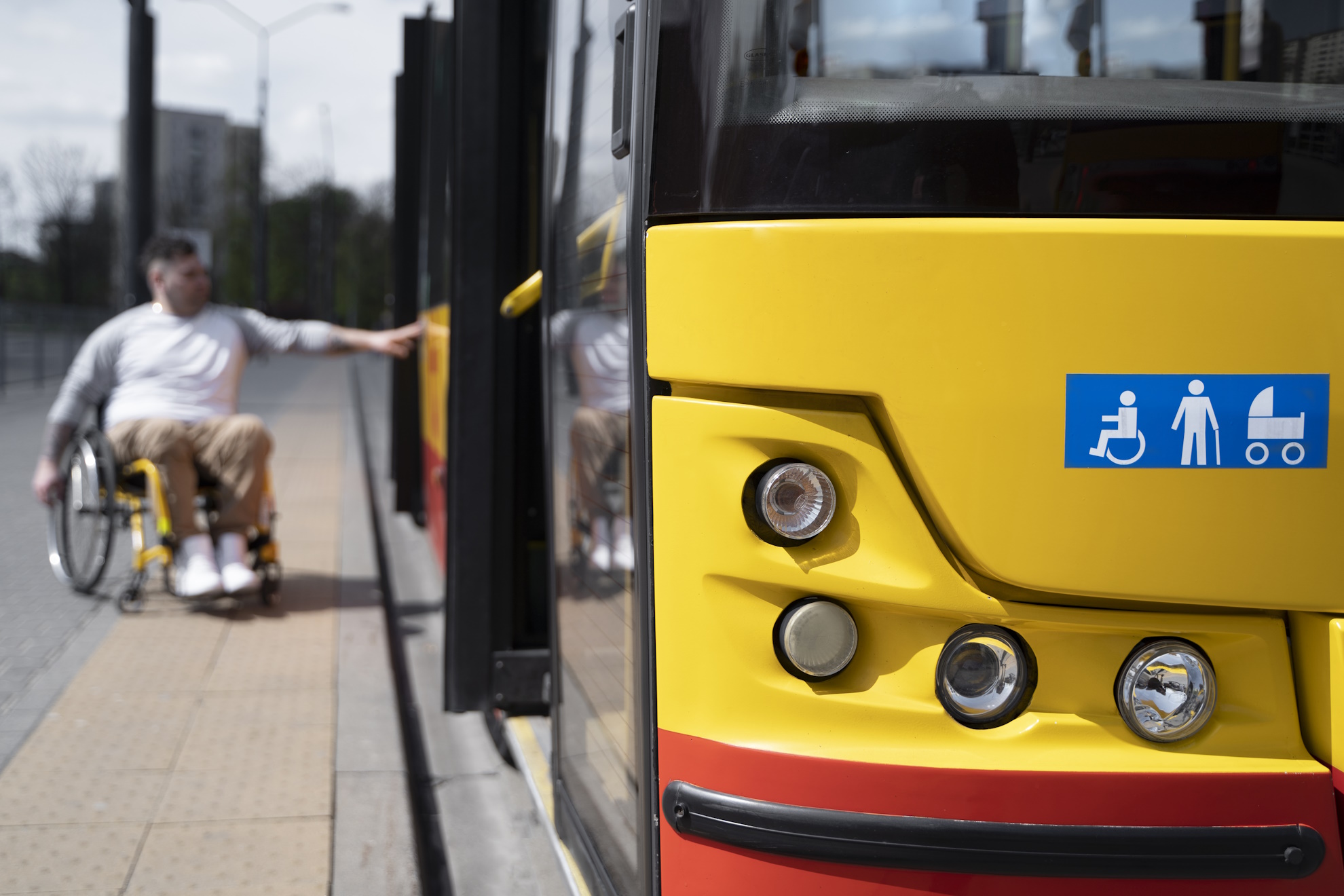The Beautiful Place In germany
Germany
10 days
14 persons
14 (1.5k Reviews)
Public transportation plays a vital role in connecting people, fostering mobility, and promoting inclusivity within a society. In Israel, ensuring accessibility in public transportation is a fundamental aspect of creating an inclusive and equitable society. This article explores the advancements, challenges, and initiatives aimed at enhancing accessibility in public transportation throughout Israel.
-
Legislative Framework: Israel has established a robust legislative framework to promote accessibility in public transportation. The Equal Rights for Persons with Disabilities Law requires transportation providers to ensure equal access to their services. It mandates the implementation of accessibility features, such as wheelchair ramps, accessible seating, and audio-visual announcements on buses and trains. These legal provisions serve as a foundation for creating an accessible transportation system.
-
Infrastructure and Facilities: Significant efforts have been made to upgrade infrastructure and facilities to enhance accessibility. Public transportation hubs, including bus and train stations, are being renovated to provide barrier-free access, including accessible ramps, elevators, and tactile paving. Designated spaces for wheelchair users, priority seating for individuals with disabilities, and visual aids for people with visual impairments are becoming more prevalent, contributing to a more accessible and user-friendly transportation experience.
-
Accessible Vehicles: Integrating accessible vehicles into the public transportation fleet is crucial for accommodating individuals with disabilities. Israel has made notable progress in this area, with an increasing number of buses and trains equipped with features such as low-floor boarding, wheelchair securement systems, and auditory and visual announcements. The use of modern technologies, such as real-time arrival information and mobile apps, further enhances the convenience and accessibility of public transportation.
-
Travel Assistance and Support: Ensuring that individuals with disabilities receive the necessary support and assistance during their travel is essential. Transportation providers are training their staff to be more sensitive and responsive to the needs of passengers with disabilities. Assistance services, such as personnel trained in disability awareness and travel companions, are being implemented to offer personalized support and guidance. Additionally, helplines and customer service centers are available to address accessibility-related inquiries and concerns.
-
Collaborative Initiatives: Various collaborative initiatives involving government entities, transportation providers, and disability advocacy groups are driving progress in accessibility. Partnerships and collaborations aim to address challenges, share best practices, and develop innovative solutions. These initiatives foster dialogue, knowledge sharing, and collective efforts towards continuous improvement in making public transportation more accessible and inclusive.
Conclusion: Accessibility in public transportation is a crucial pillar of an inclusive society, enabling individuals with disabilities to actively participate in various aspects of life. In Israel, concerted efforts are being made to enhance accessibility in public transportation through legislative measures, infrastructure upgrades, accessible vehicles, travel assistance, and collaborative initiatives. By prioritizing accessibility and embracing the principles of universal design, Israel is working towards a future where public transportation is accessible, convenient, and empowering for all. Continued commitment, innovation, and advocacy will contribute to a transportation system that reflects the diverse needs and aspirations of its citizens.



